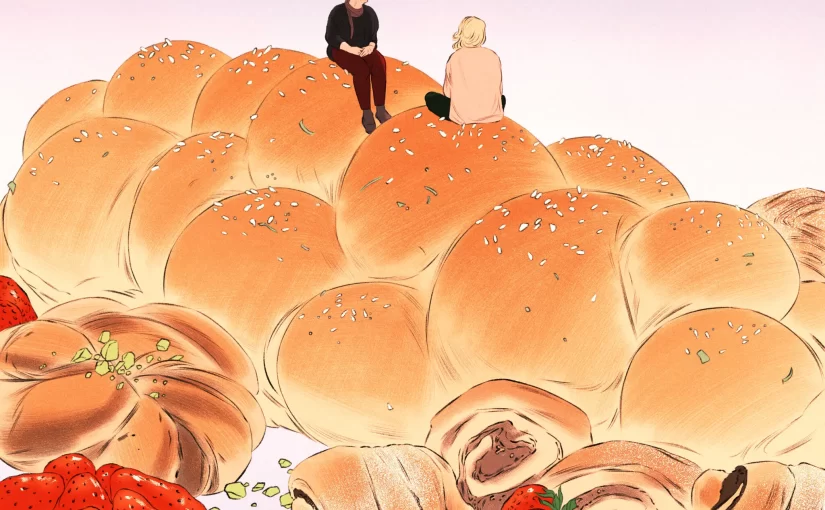这封信由印第安纳州布卢明顿市 Bloomington 高中 17 岁的奥利弗·博洪 (Oliver Bohon) 撰写,是学习网络学生公开信竞赛的前 9 名获奖者之一,我们收到了 8,065 份参赛作品。
Eli Lilly,
As a Type 1 diabetic living in Indiana (where you’re headquartered), I’ve known your name for a long time. Every meal I have your insulin delivered into my bloodstream, something I’ll need my entire life. But I’ve come to associate your name with frustration, not gratitude.
You, alongside Novo Nordisk and Sanofi, control 90-plus percent of the insulin market worldwide. You posture about capping costs, providing aid, serving the people first. These claims make you look great — you’re doing all you can to aid your patients.
Except you aren’t.
Frederick Banting, Charles Best, John Macleod and James Collip helped to discover and purify insulin in 1921. In 1923, Banting, Best and Collip sold their patents on the drug for $1 each.
The reason? As Banting said, “Insulin belongs to the world.”
Yet so many people today still find themselves on short supply of that miracle drug — rationing it, fighting with insurance over it, buying it from third parties.
What happened? We’re no longer in the days of purifying pig pancreas extract. We have synthetic biology! We can mass produce insulin — more than we’d ever need — and it’s cheap, easy, and efficient. It’s the simplest business imaginable. Think about it — I, alongside countless others, can’t survive without insulin. I’m reliant on you. So you got to work approaching my life like an economics class — there’s always demand, so why not increase prices?
But (eventually) political pressure started, and for once you seemed threatened. So, about a year ago, you announced that you’d limit the cost of a vial of non-branded insulin to $25. In the announcement, you boasted about how this is the lowest price since 1999.
The lowest price since 1999 still has a profit margin of 417 percent (at $6 per vial). Obviously, you’re a company — you exist to profit. But to claim you’re doing any charity with this is a farce. You gouged prices for decades, cut them down once any pressure was applied, and then acted a hero for it. Even the price cut wasn’t selfless! It helped you avoid millions of dollars of rebates under the American Rescue Act. You did the bare minimum and nothing more.
There’s an issue when a life-or-death drug can be played like a stock — where companies are incentivized to gouge the prices of their drugs for the patient while paying their C.E.O. $26.5 million per year.
I don’t have any power. I can’t boycott insulin, nor undo the pain you’ve caused. What I hope to share with this letter is that I’m tired. I’m tired of the Eli Lilly name being associated with greed over patient care. I’m tired and frustrated, and I think people have the right to understand why, and to determine whether such a company deserves support.
Oliver Bohon, a diabetic
Works Cited
100 Years of Insulin. Diabetes UK.
Feldman, William B, and Benjamin N Rome. The Rise and Fall of the Insulin Pricing Bubble. Vol. 6. JAMA Network Open. 14 June 2023.
Knox, Ryan. Insulin Insulated: Barriers to Competition and Affordability in the United States Insulin Market. Journal of Law and the Biosciences, Volume 7, Issue 1, January-June 2020.
Lilly Cuts Insulin Prices by 70% and Caps Patient Insulin Out-of-Pocket Costs at $35 per Month. Eli Lilly and Company New Release. 1 March 2023.
Robbins, Rebecca. Eli Lilly Says It Will Cut the Price of Insulin. The New York Times, 1 March 2023.



